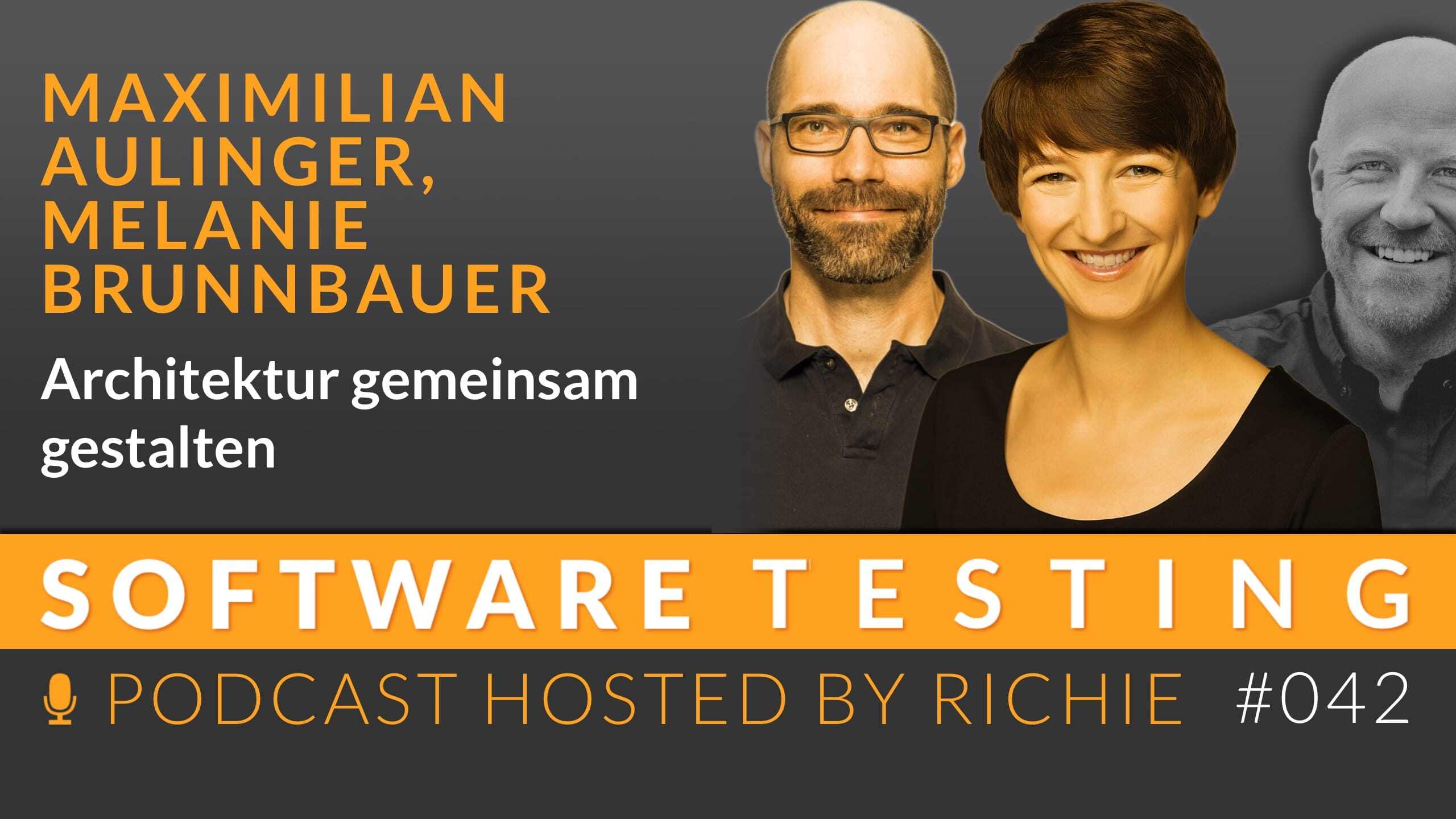Shaping Architecture Together
A stable architecture is the key to high-quality software. Collaboration within the development team has a major influence on the structure of the...

“Developers with testing skills are in high demand - and the market is empty.” - Richard Seidl
I have been accompanying teams and companies on their agile journey for many years now. But it is still a wonderful moment every time when these historically grown walls between roles and professions are tangibly torn down, resulting in a real boost in collaboration and productivity.
For me, this is particularly visible in software testing. Whereas the teams used to be strictly separated - the test team here and the development team there (with all the conflicts, finger-pointing and friction) - this expertise is increasingly growing together. With the right support in the form of mentoring and training, this is exactly what makes the magic happen: quality and testing expertise become the lived practice of the entire (!) team. Quality becomes an attitude.
For mentoring or coaching, people often start by adding a tester to the team. This is a good start, but care must be taken to ensure that a dynamic doesn’t develop in the team along the lines of “look, one tester, then the rest won’t have to worry about quality”. After all, it’s actually about establishing testing skills throughout the entire team!
What remains is to equip your own developers with testing skills. For most software developers, however, training such as the ISTQB Certified Tester Foundation Level (CTFL) is too abstract and covers topics such as test management, which have little relevance in the day-to-day work of developers. Interestingly, earlier CTFL syllabuses and exams were also suitable for developers with applications to source code. However, technical know-how was gradually banned from the CTFL.
The “A4Q Software Development Engineer in Test” (SDET) certification, which I took a closer look at, aims to close this gap. It was developed in collaboration between the German Testing Board (GTB) and the Alliance for Qualification (A4Q) and teaches precisely those contents of the CTFL that are relevant for software developers: Why testing? How and what do I test in my development process? What are the benefits of static analysis and reviews? How do I create good test cases - in other words, what test case design methods are there?
The content will be deepened even further with components from the ISTQB Certified Tester Advanced Level - Technical Test Analyst (CTAL-TTA).
To make the transfer to everyday development more tangible, there are accompanying practical exercises that work directly with source code and specifications.
In my opinion, SDET builds an important bridge between software developers and tester skills. Developers with testing skills are in high demand - and the market is empty. The massive increase in demand for test automation in recent years has exacerbated the situation. Further training for existing employees is therefore a sensible step.
And finally, it is a further step towards a holistic, integral team, the reduction of insular and silo knowledge and more exchange on topics at eye level!

A stable architecture is the key to high-quality software. Collaboration within the development team has a major influence on the structure of the...

Thanks to Agile and DevOps, we are currently experiencing a fundamental change in the way we deal with quality and testing. Anyone developing...

Hanser-Verlag interviewed me on the topics of creativity, agile projects, the power of the tester and future challenges. The interview originally...